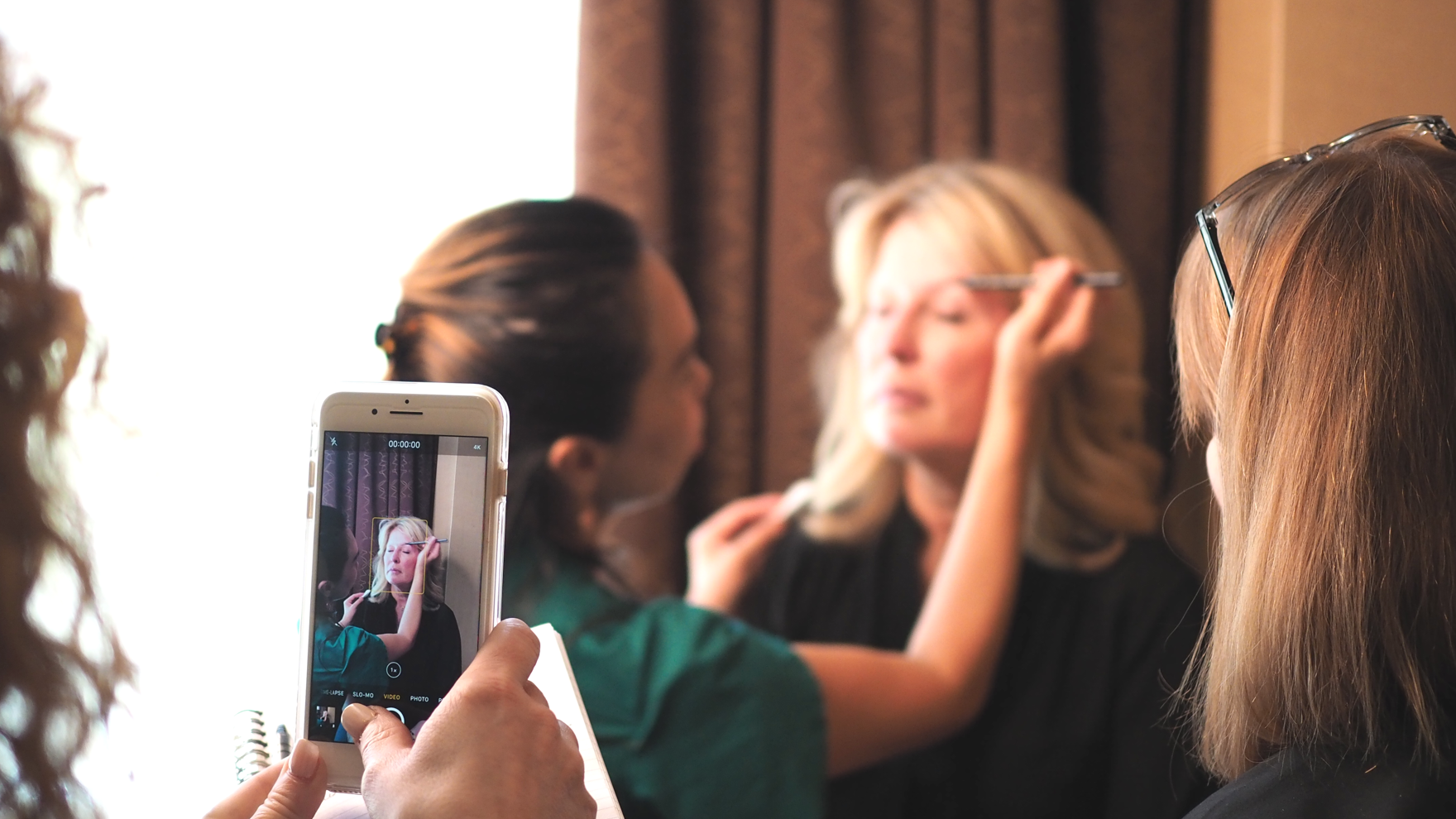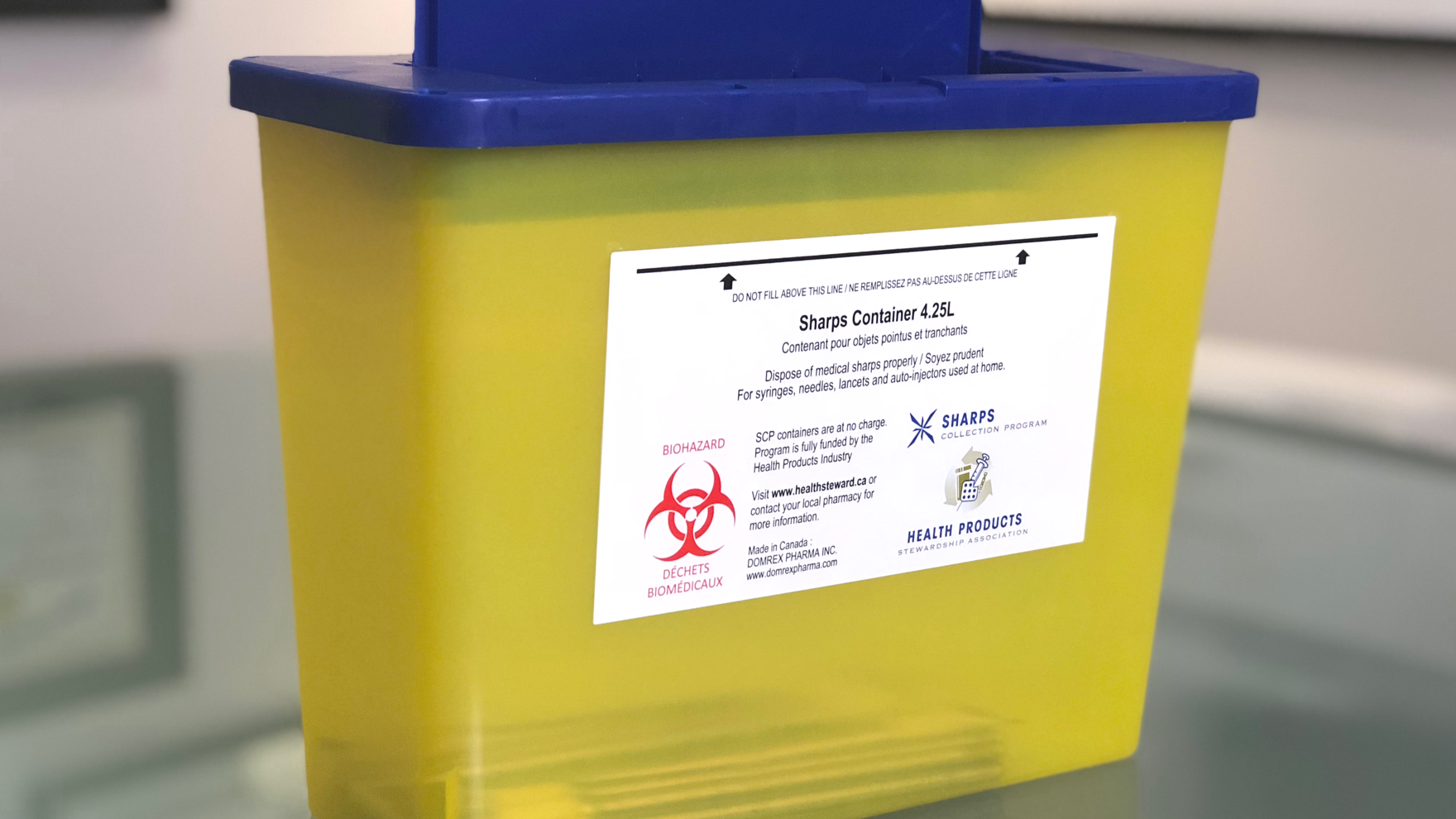
How to choose microblading training
So you’ve decided you want to pursue a career in the Microblading industry and you’re ready to start looking for training programs...Microblading can be an extremely rewarding career with an important opportunity to shape and transform one of the most important features of a person’s face: the brows. But, you have to remember - you will be tattooing someone’s face, and it shouldn’t be taken lightly and has a very heavy responsibility.
You’ll want to make sure that you get the best possible training for your hard earned money. After all, this is your education, and the very beginning of your business, not to mention, someone’s future brows hang in the balance of your training and skill.
But, with so much out there, how do you find the right training?
A lot of artists tell us that although they’ve taken a few beginning classes and have had a lot of practice time on fake skin and other practice pads, they don’t feel NEARLY ready to take clients due to lack of comprehensive and supervised training.
To feel comfortable performing microblading on a client, one needs adequate training and experience. Think about this: It is common for tattoo artists to apprentice for years before they can even touch skin with a needle. Learning the correct technique and how to deal with issues that you may encounter on a daily basis with clients, is key. It is so common now that people will go into this profession as a way to make a comfortable living and work in the beauty industry, but what they end up realizing is that microblading is actually a very difficult technical skill to master with a very steep learning curve that goes beyond what can be taught in a short course.

Bottom line, it takes TIME...Learning the skin and experiencing all of the possible roadblocks or issues that can arise with each individual client and their different needs is something you can’t learn in a week.
With little to no-regulation on becoming a trainer, 2-day training courses are popping up everywhere. People realize they can make just as much or more money training as they can actually performing procedures, which is harder and much more intimidating. This is leading to so much inadequate training and disregard for real foundational knowledge required to perform this procedure. People are going out into the field confused and unprepared.
Finding the right training course is not going to be easy and it’s not going to be cheap. However, if this is something that you truly want to do and want to succeed in, it is crucial that you invest the proper time and money in finding an amazing training course.
When looking for the right program, ask these questions:
What is your length of experience as a microblading instructor and how many procedures have you performed?
Ideally, a minimum of 5 years of full-time experience with a combination of permanent makeup and microblading is a good start. If the instructor doesn’t have that experience or is reluctant to tell you exactly how much experience they’ve had, consider taking a pass on their training course.
It’s also important to note that although years of experience is a factor, it’s more important to have a microblading artist who has performed at least 2 years worth of procedures-that is the only way a person has the experience to prepare you for the various roadblocks you will encounter by touching a lot of skin and going through many touch-ups on the same client, and seeing how the pigments age over time.

What is the class size? How many students to instructors?
A smaller course allows for not only more intimacy, but students can ask more questions and will receive a lot more one-on-one attention and supervision than they would in a larger class. A good ratio for the lecture and theory part of training is no more than five students to one instructor. While doing live models, the best is one-to-one supervision so the instructor is able to guide your every move.
How many days is the training? Can they share the outline of the agenda?
You should be looking for courses that lasts 5 to 7 days AT LEAST. A longer training is usually better (you can never learn too much), but the main thing is that you are starting a course that will have a very comprehensive, in-depth agenda.
What is the support after class?
Let’s face it - even when the course is done, your learning doesn’t stop. Most people often leave their training overwhelmed, and with a TON of questions.
Make sure that your instructor has a forum or some sort of Internet resource where you can continue to ask questions, talk about your concerns, and discuss anything that you may encounter along the way. It’s also a HUGE bonus if your instructor has options for getting a better understanding of your artistry, such as additional classes in shading, shaping, etc.
Practice with live models.
As I’ve said countless times before, you need to touch A LOT of skin before your results get to the level you want. Does your instructor allow you to have access to models so that you can get good practice time in? If it’s not something that’s made available to you in your training, that’s a red flag. You need this, so make sure that your instructor who understands how important it is for you to get this type of supervised practice.
You will not be able to improve at all if you’re practicing the wrong way, not applying enough pressure with your strokes, or otherwise doing your strokes wrong altogether. Supervision and feedback is the only way that you’re going to become a better microblading artist. Online courses can be a good starting point for basic knowledge. However, they are not an effective way to receive basic training because it doesn’t allow for supervision and feedback to make adjustments, address concerns, or witness the top technical required skills. Read what these Top Technical Skills are HERE.
Does it include a Bloodborne Pathogens course?
Your instructor NEEDS to be certified, not only to be an adequate trainer, but also to be an artist, period. As someone who comes in contact with blood and what is essentially broken skin, you’ll need to know what to do in terms of cross-contamination with needles, tools, etc. A good course will cover this topic at great length for at least ½ a day and provide resources for home study so you can take the course, review the material at length, and be evaluated on your knowledge. A good home study PPB course is: www.protrainings.com/en/courses/2-bloodborne-pathogens/topic
Where can I find your most recent testimonials and reviews?
A good trainer will have resources out there that will allow you to connect with their students and talk about what it was like training with them. Reviews are helpful, but if you’re at all able to connect with their previous students one-on-one, that would be a huge asset. It’s also great to see some of the work previous students have performed, as it gives you a better idea of how students are taught and how they improved.
What types of microblading tools do you use?
If you were looking to become a world-class race-car driver, would you rather have an instructor who holds their lessons in a KIA, or in an actual race car? An instructor who skimps on their tools isn’t going to be as committed to perfection as an instructor who opts for the best. Keep an eye out for the high-quality disposable tools that can provide proof of sterilization and you’ll get a better idea of the kind of instructor you’re working with.
Our Sterile Kits, and Microblades are used by a lot of famous trainers and training academies, so be on the lookout for those!

Is the trainer reliable?
As an easy first test, try giving the trainer a call. Are they even reliable and organized enough to get back to you? What you’ll find, is that a lot of the time, you’ll call a trainer for more information on their program, and get no response. This may be a sign that you might not want to be apart of their course. If they don’t make the time to get back to their potential students and serious inquiries, what can be said for the quality and time put into their course and subsequent support?
If you find a really good instructor, but it’s a bit of a distance to get to them, invest in their class. The price you pay for travel will be made back (and then some) if you spend it on an excellent education and have the skills to be an excellent artist. Remember, choose trainer, not location.
Now that you know exactly what you should be looking for in finding a thorough, in-depth microblading training course, you’re ready to start your research of the best options out there, and then the real work begins.
Good luck, and happy Microblading!
Tina




Leave a comment
This site is protected by hCaptcha and the hCaptcha Privacy Policy and Terms of Service apply.